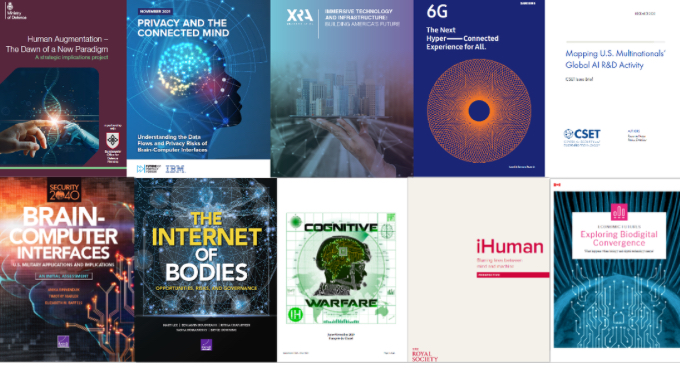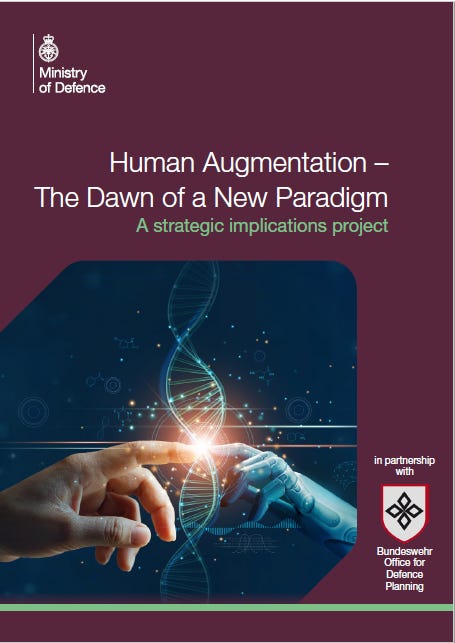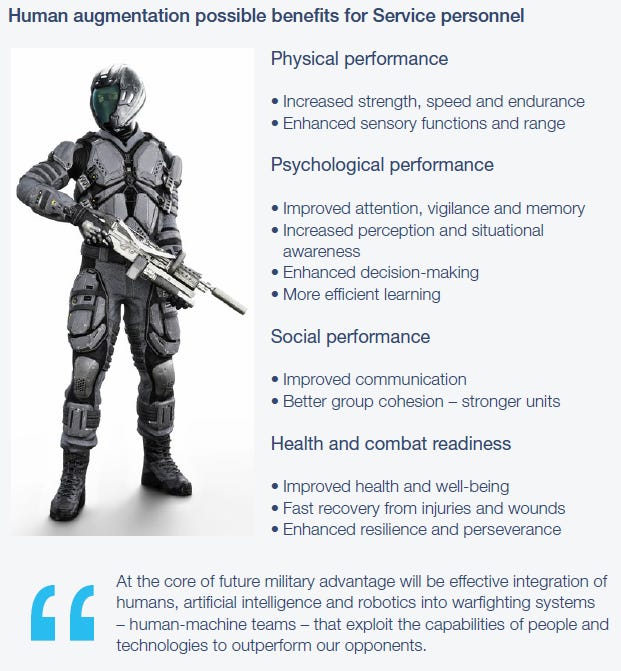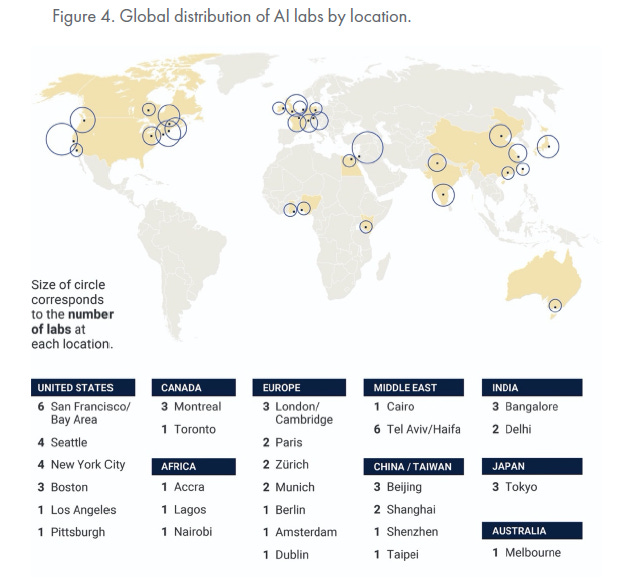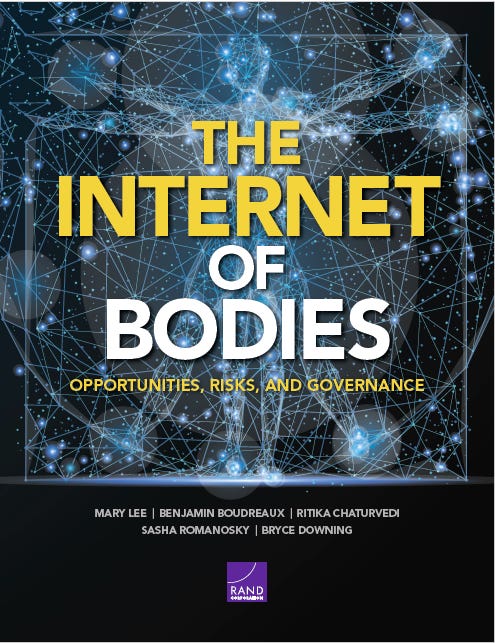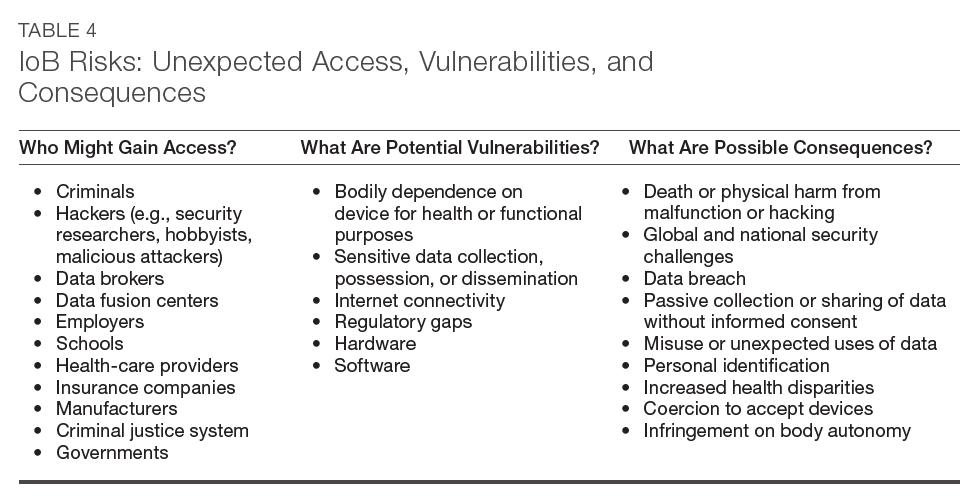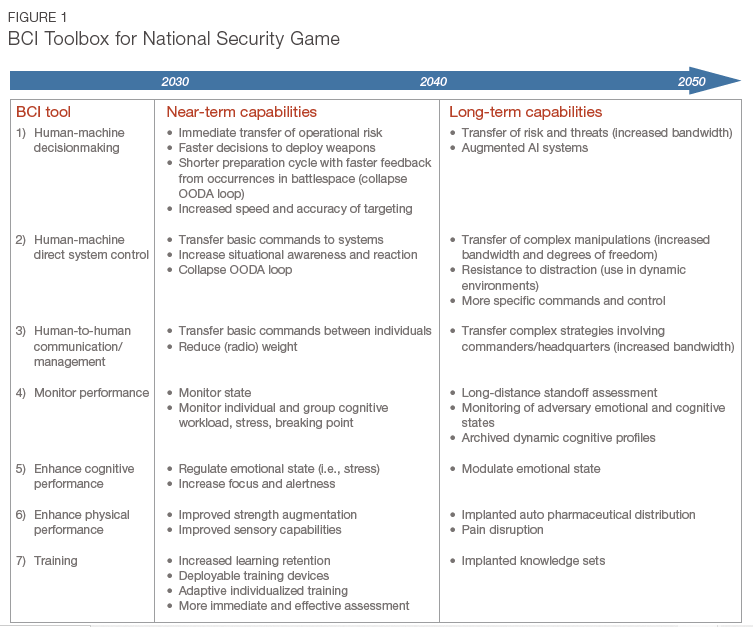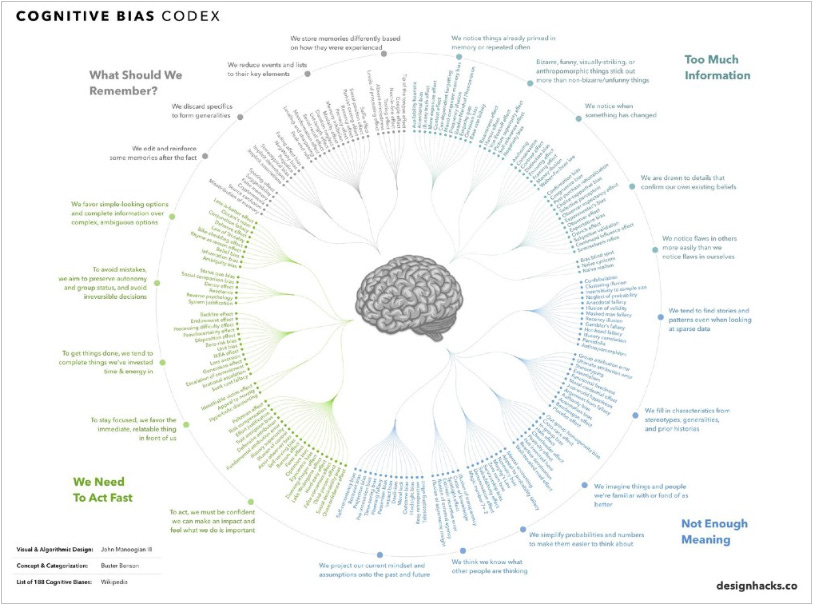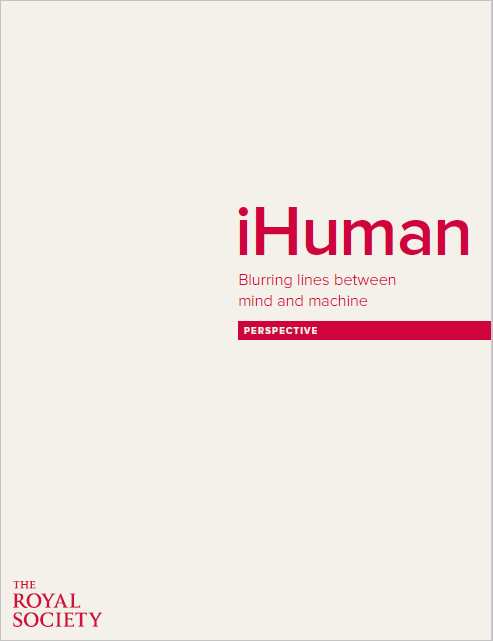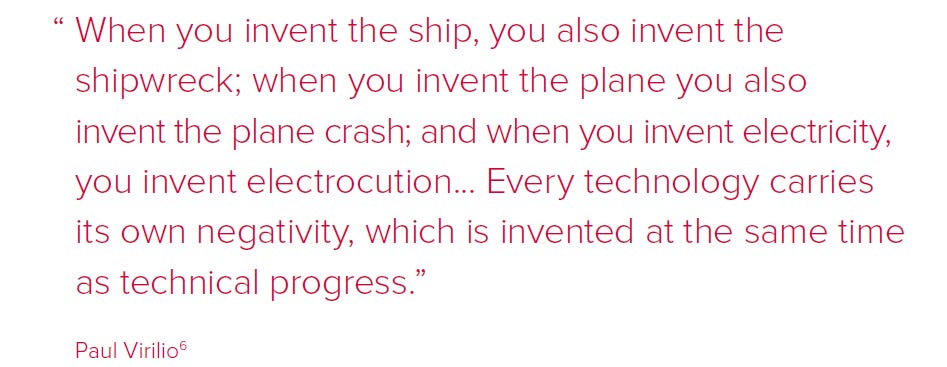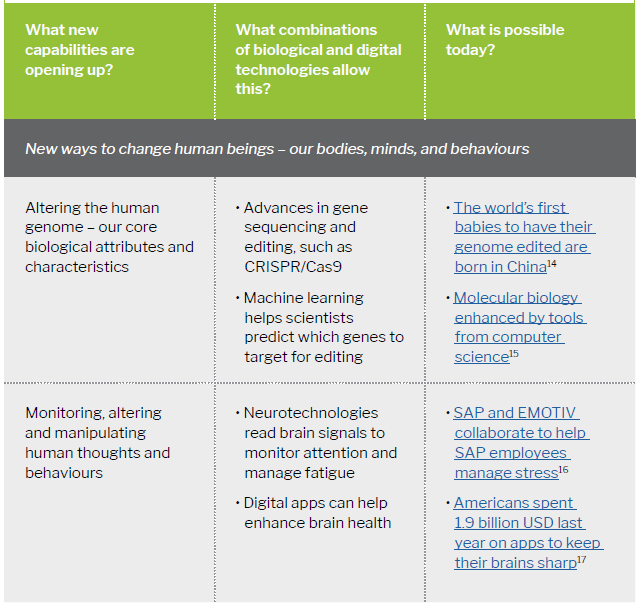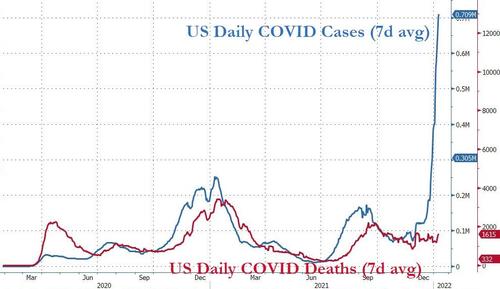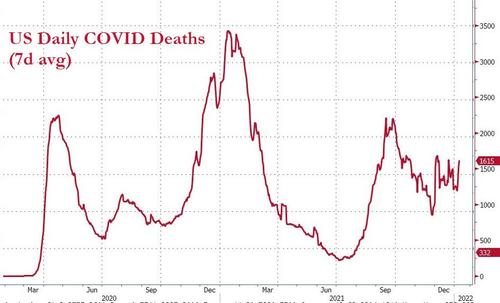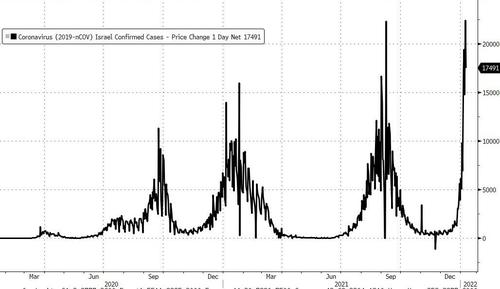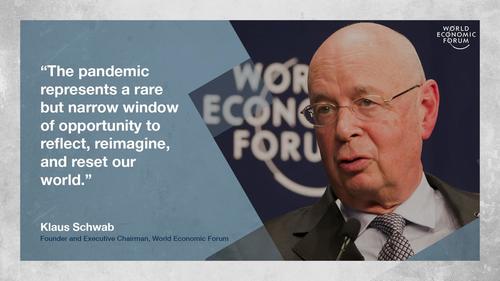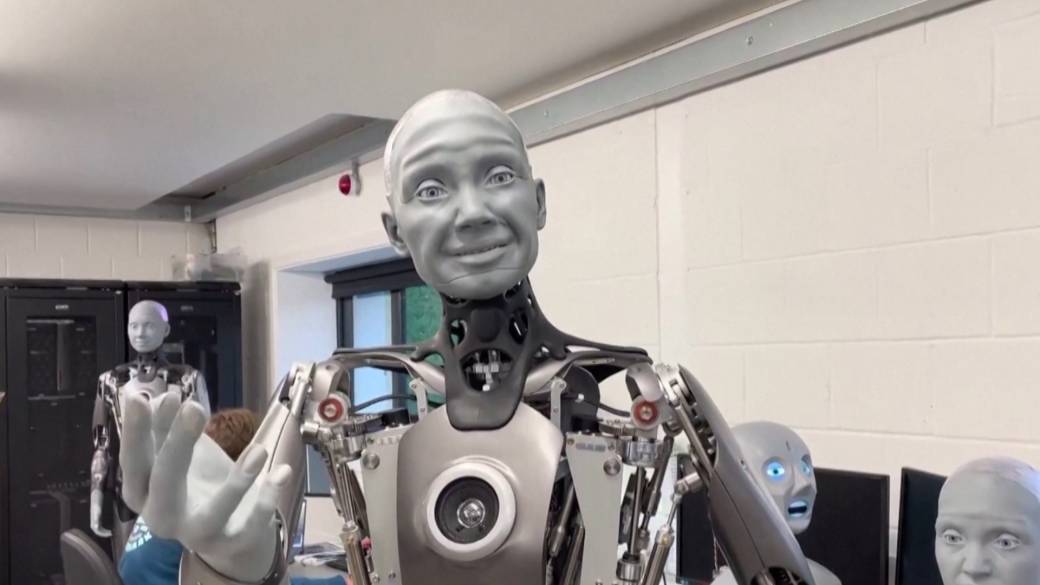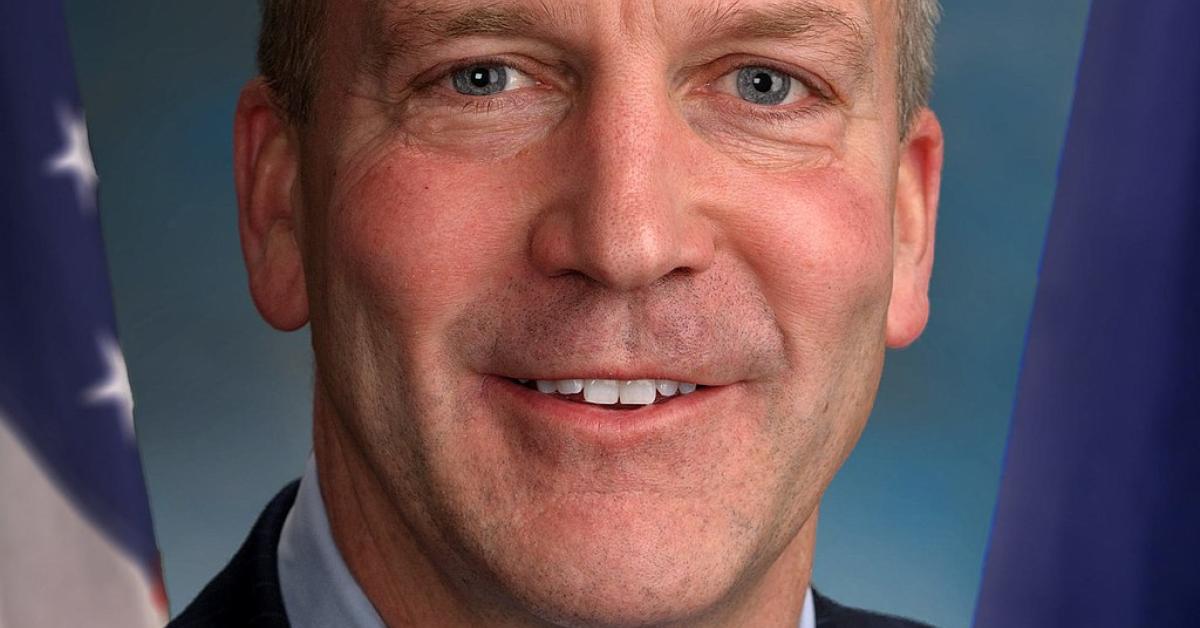marsh
On TB every waking moment
Zerohedge
ZeroHedge - On a long enough timeline, the survival rate for everyone drops to zero
Taibbi: A Tale Of Two Authoritarians
SATURDAY, JAN 08, 2022 - 11:30 AM
Authored by Matt Taibbi via TK News Substack,
The appearance of Dick Cheney in the House of Representatives on the anniversary of January 6th helped identify the true villain on the scene...

Dick
Former Vice President Dick Cheney visited the House of Representatives yesterday. He and his daughter Liz were the only two Republicans present at a moment of silence commemorating the events of last January 6th. It was a touching scene, which perfectly described why the surviving anti-Trump Uniparty of the political mainstream is at least as much of a threat to democracy as the “insurrectionists” they never stop wailing about.
In a story entitled “Dick Cheney returns to the House and receives a warm welcome . . . from Democrats,” the Washington Post wrote that “Democrats put aside their fierce and lasting policy divides with the Cheneys to thank them for condemning the attack and Trump’s continued effort to undermine the 2020 presidential election results with his false claims of fraud.”
(News writing has become a pre-fab profession, like assembling IKEA furniture. All you need is an Allen wrench and a list of the latest clichés. “Trump’s efforts to undermine the 2020 election” has replaced “Trump’s efforts to coordinate with the Russian government in its election interference activities,” and “Trump’s false claims of fraud” has replaced “Trump’s false claims of ‘fake news.’” Part of the significance of January 6th is that it updated popular propaganda stock, which had grown stale.)
I don’t mean to understate the seriousness of January 6th, even though it’s been absurdly misreported for over a year now. No one from a country where these things actually happen could mistake 1/6 for “a coup .” In the real version, the mob doesn’t take selfies and blaze doobies after seizing the palace, and the would-be dictator doesn’t spend 187 minutes snacking and watching Fox before tweeting “go home.” Instead, he works the phones nonstop to rally precinct chiefs, generals, and airport officials to the cause, because a coup is a real attempt to seize power. Britannica says the “chief prerequisite for a coup is control of all or part of the armed forces, the police, and other military elements.”
We saw none of that on January 6th, but it’s become journalistic requirement to use either “coup” or “insurrection” in describing it:

The endless hyperventilating efforts to describe January 6th as a disaster on the order of Pearl Harbor or even 9/11 has been awesome to behold. Huffington Post nitwit S.V. Date even called it “1,000 percent worse” than 9/11, moving the decimal point over on the famous Team America joke*:
2:22 min
The panic inspired convulsions across politics and the media. Ted Cruz made a plea for mainstream recognition by denouncing 1/6 as a “violent terrorist attack” before cowering in retreat on Tucker Carlson Tonight, in the process pantsing himself with audiences in all directions. Meanwhile, podcaster Eric Lendrum, on the pro-Trump site American Greatness, devised the impressively crazy syllogism that because the mainstream caricature of Trump supporters is so incorrect, conservatives should therefore embrace it: “If their aim is to make January 6 their Reichstag Fire, then we should go forward celebrating the events of that day as our Storming of the Bastille.”
It was no heroic storming of the Bastille. January 6th was a massive LARP that got out of hand. Trump has been around long enough for us to know his pattern as a serial line-crosser. Like a comedian, he’s always trying out new material, and if he gets the right reaction, he comes back with a bigger delivery next time.
January 6th was Trump dipping a toe in the lake of strongman politics. The reason it wasn’t worse is because Trump has also been constantly mislabeled as a Hitler, Stalin, or Pinochet. The man has no attention span, no interest in planning or strategy, and most importantly, no ability to maintain relationships with the type of people who do have those qualities (like Steve Bannon). Even if he wanted to overturn “democracy itself” — I don’t believe he does, but let’s say — Trump has proven over and over he lacks the qualities a politician would need to make that happen.
Which brings us back to Cheney. All those things Trump is rumored to be, Dick Cheney actually is. That’s why it’s so significant that he appeared on the floor of the House yesterday to be slobbered over by the Adam Schiffs and Nancy Pelosis of the world. Dick Cheney did more to destroy democracy in ten minutes of his Vice Presidency than Donald Trump did in four years.
Seeing leading Democrats nuzzling the man George W. Bush called “Iron Ass” summed up the essential problem of the ordinary person trying to find a political home in this landscape. Even if you find the Trump phenomenon troubling, his opposition is not only authoritarian, but organized and armed with the intellectual tools to understand and appreciate how the technological elimination of democracy might be achieved in the 21st century.
We’re living through a period where an unpleasantly likely outcome for the ordinary American is the invocation of emergency powers to eliminate basic rights. From which side is that threat most likely to come? The pattern during Trump’s presidency was hyping the Russian menace to justify increased surveillance and censorship. Russia has since been switched out in favor of two new emergency bugbears. The first is the rise of “domestic terrorism,” and if you don’t think Cheney-style democracy-canceling is on the minds of officials heading into the next presidential election, you haven’t been reading the growing pile of articles quoting military types advertising their preparations for counter-coup in 2024.
The second emergency of course is the pandemic, which ought to have been exhibit A in Trump’s uninterest in being a dictator — he could have legally invoked all sorts of powers and did not. Instead, it’s become part of a widening propaganda campaign designed to enlist the wine-cave MSNBC set behind full-blown Big Brother governance. Remember our Health and Human Services Secretary saying last summer, in advance of a “door-to-door” campaign that was supposedly about urging people toward the jab, that “it absolutely is the government’s business” to know who’s vaccinated and who isn’t? Or, have you noticed the total lack of interest among pundits and politicians in distinguishing between anti-vaxxers and people who merely have anti-mandate or anti-passport attitudes? It’s all the same obstructionism to them.
Where have we seen this style of intentional line-blurring to justify the expansion of executive authority before? From Cheney, who took emergency politics to places even a sober Joe McCarthy could never have dreamed of. On the pretense that new powers were needed to combat the sweeping global threat whose existence 9/11 supposedly proved, Cheney institutionalized executive assassination, torture, mass surveillance, secret prisons, secret budgeting, and the wholesale elimination of congressional oversight over most of his program, turning the world into what one Pentagon adviser who talked to Seymour Hersh back in the day called a “global free-fire zone.”
It was under Cheney’s watch that we turned into a country that snatched people off the streets all over the world, put them in indefinite detention in an archipelago of secret hell-holes, threatened to rape their family members, and resorted to techniques like “rectal feeding” so often that one Guantanamo Bay prisoner had to bring a special pillow to sit in court.
The core principle of Cheney’s politics was protecting his new bureaucracies of murder and open-ended detention from legal challenge. That meant creating structures that were legally invisible. Are you on a watch list? Has the FBI sent out a National Security Letter to your telecom provider? Have you been approved for “lethal action” and put on the “distribution matrix,” a.k.a. the kill list? Courts repeatedly declined to listen to complainants with such questions because the secrecy of the programs made it difficult or impossible to prove they had a cause of action, a perfect Catch-22.
Even members of congress were often unable to find out about whole ranges of programs unless an accident like the Edward Snowden revelations came their way. Cheney built a government inside a government that simply did not recognize the authority of the other branches. It’s no accident this person is now receiving a “warm welcome” from Democrats because that party has for years now been openly worshipful of his secret-hammer model of executive rule, which expanded to a conspicuous degree after he left office.
What would Cheney have done in response to 1/6 or the pandemic? We don’t have to work too hard to guess. His contemptuous vision of rights and constitutional law remains the face of American government, with the most obvious recent example being the extradition of Julian Assange. For thirteen years after Dick Cheney left the Vice President’s office, the United States remained committed to a ruthless manhunt of a person whose chief “crime” was the publishing of details of Cheney’s secret authoritarian state, from the “Gitmo files,” to the Afghan and Iraqi war logs, to the Collateral Murdervideo.
(Long article - read the rest on Taibbi: A Tale Of Two Authoritarians | ZeroHedge )


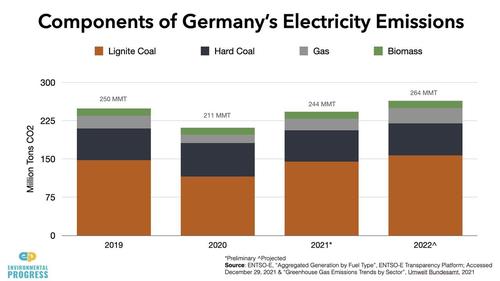
























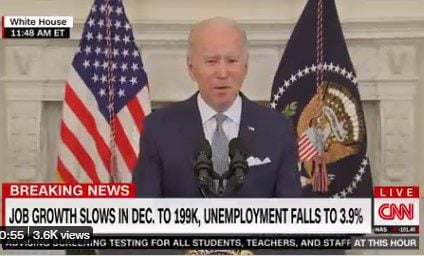


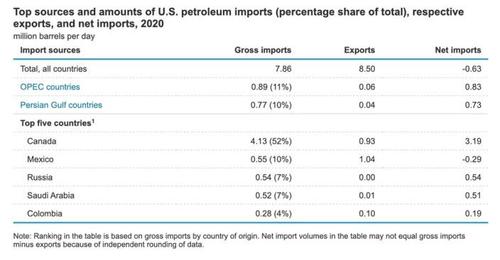


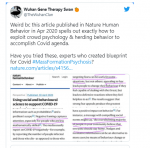









 ecember 15, 2021 Source:University of BernSummary:When it comes to climate-friendly behavior, there is often a gap between what we want and what we actually do. Although most people want to see climate change slowed down, many do not behave in an appropriately sustainable way. Researchers have now used brain stimulation to demonstrate that the ability to sympathize with the future victims of climate change encourages sustainable behavior.
ecember 15, 2021 Source:University of BernSummary:When it comes to climate-friendly behavior, there is often a gap between what we want and what we actually do. Although most people want to see climate change slowed down, many do not behave in an appropriately sustainable way. Researchers have now used brain stimulation to demonstrate that the ability to sympathize with the future victims of climate change encourages sustainable behavior.
